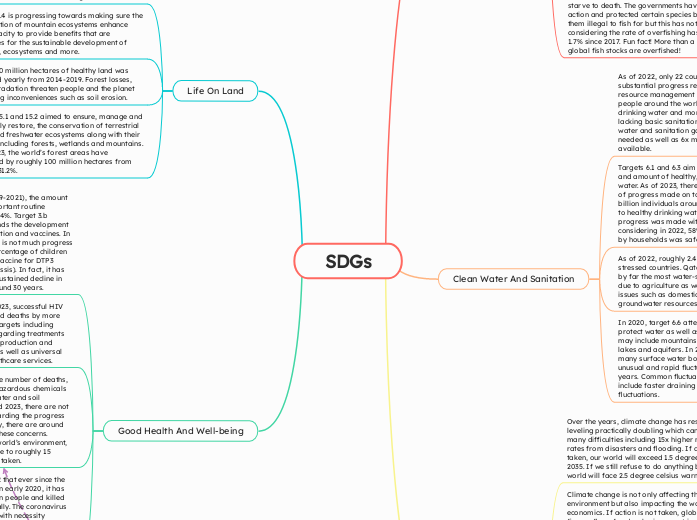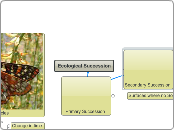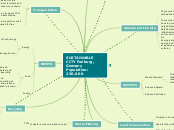par Hu Catherine Il y a 1 mois
92
SDGs
From 2014 to 2019, about 100 million hectares of healthy land were degraded annually, resulting in significant forest losses and land degradation, which contribute to soil erosion and pose threats to both people and the planet.









